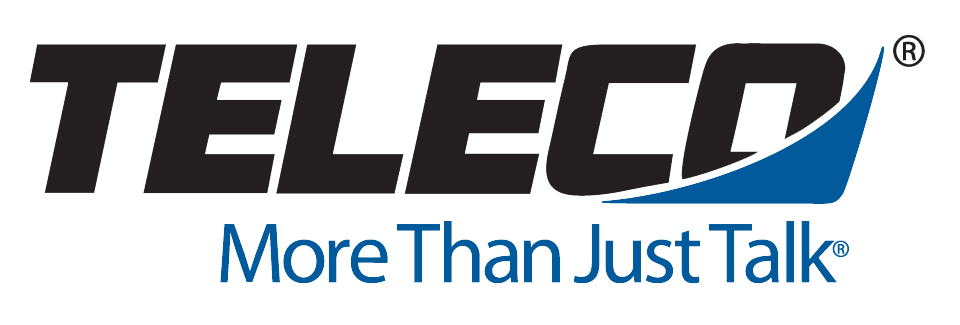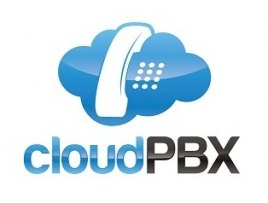VoIP is an emerging technology that allows for dial tones and phone service over the Internet. VoIP installation is more complex than your traditional analog phone line; there are two basic types of VoIP for Internet-based phone service. Each type comes with a set of benefits and challenges.
1st Party VoIP Phone Installation
1st Party VoIP is when the phone line provider and Internet provider are the same. Cable companies usually provide 1st Party VoIP. Just as they provide analog lines, many cable companies can provide VoIP lines, also called SIP Trunks or SIP lines. The pricing for SIP lines and analog lines are about the same; and as with analog lines, if you need 4 phone lines, you order 4 SIP phone lines. You will need a SIP-compatible telephone system.
Features of SIP lines include private phone lines, often called direct inward dial (DID) and superior caller ID functionality, e.g. showing the main phone number on outgoing calls. However, SIP lines are more complex and therefore not as easy to use as analog lines. For example, you don’t get to see each phone line as a distinct button and you have to transfer and park calls on SIP lines. Because your phone system needs to be certified, your choices of carriers are limited which can put you at a disadvantage pricing-wise.
3rd Party VoIP Phone Installation
3rd party SIP – otherwise called BYOB (bring your own bandwidth) — is based on your SIP line provider and your Internet provider being different. 3rd party SIP has the same benefits and challenges of 1st party SIP lines. Moreover, there is an additional benefit and an additional challenge to consider. 3rd party SIP can run as low as $10 monthly for a metered SIP line and as low as $20-$25 monthly for an unlimited line. You can also combine metered and unlimited SIP lines. On the negative side, since the lines are Internet-based, phone call quality suffers. This is especially true when your Internet speed is slow or when major news events create Internet-gridlock.
If you can get your Internet access from your cable company, 1st Party VoIP is preferable to 3rd party VoIP.

